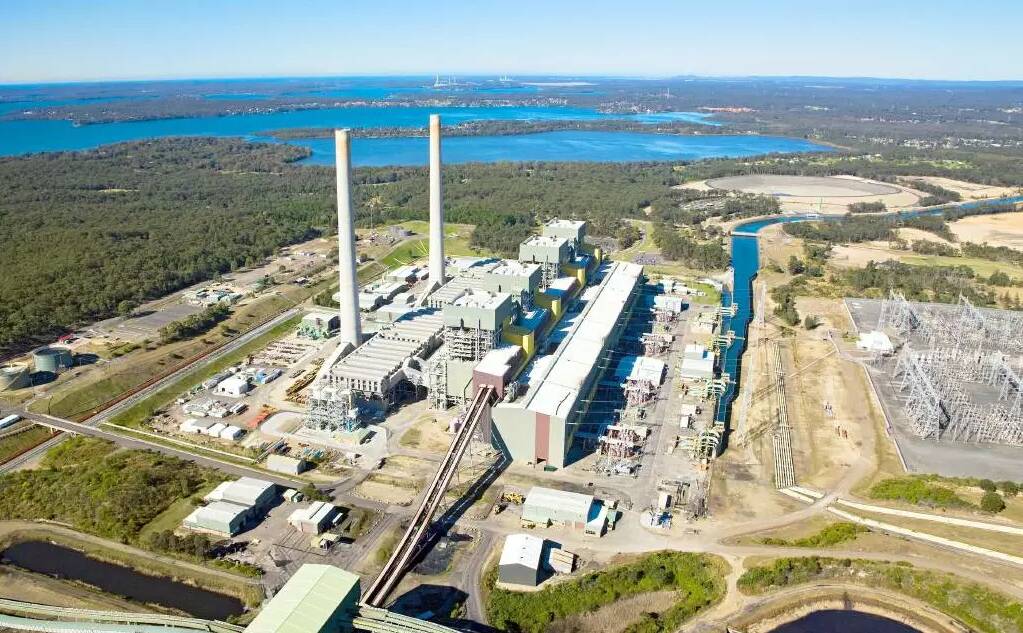
Extending the operation of Eraring power station beyond its planned closure in 2025 would cost NSW taxpayers between $120million-$150million a year, a report has estimated.
The independent think tank Climate Energy Finance (CEF) report recommends the phased closure of the plant over 2025 with complete closure by the end of first quarter 2026.
It comes as discussions between Eraring's owner, Origin Energy, and the state government continue regarding the possibility of keeping the plant open beyond 2025.
The report argues that there is enough replacement firmed renewables capacity in the pipeline to offset the withdrawn capacity with no electricity supply gap.
"Our report reviews available data to reveal that to keep all four units of Eraring open beyond 2025, NSW electricity users would be slugged for a minimum subsidy estimated at $120-150 million per annum to private operator Origin Energy. This is very, very expensive 'insurance' for a non-existent reliability gap," CEF director and report author Tim Buckley said.
"It is also completely unconscionable in light of the fact that NSW electricity consumers are already funding Origin to the tune of around half a billion dollars in coal subsidies over 2023 and 2024."
Origin acquired the rights to trade the output of Eraring (Eraring GenTrader arrangement) from the NSW Government in Dec 2010 for $950 million, plus a $50 million top up later when it acquired the plant in full.
"It's past time for the NSW Government to stop making free bank for the private operator of a hyper-polluting, high-emissions, end-of-life coal clunker by gouging NSW consumers," Mr Buckley said.
"The idea that Origin should be gifted yet again with largesse from the public purse,on top of the estimated $468 million coal subsidy since the coal price cap was introduced in December 2022, is obscene."
Mr Buckley called on the government to rule out extending Eraring and subsiding Origin to keep it open. Rather, it should invest public money in accelerating the clean energy transition to the benefit of all energy consumers.
An Origin spokesman said the company welcomed an "informed, factual, and robust conversation" about the closure of Eraring.
"Unfortunately, we do not believe this report makes a meaningful contribution to that conversation as it is formulated on information and assumptions that are incorrect," he said.
"Origin remains in active negotiations with the NSW Government about Eraring's future, and both parties look forward to bringing the process to a conclusion as soon as possible."
Nexa Advisory chief executive Stephanie Bashir said delaying the closure of ageing coal-fired power stations, such as Eraring, would result in higher costs and emissions over the long term.
The better approach would be to accelerate the rate at which we deploy new clean energy resources.
"Accelerating the renewable energy planning approval process in NSW is also key. These are currently two to three times slower than other states, adding four to seven years to project progression and 25 times more expense for developers compared to an equivalent project in Queensland," Ms Bashir, a former senior director of public policy at AGL, said.
Dialling in more demand side participation, which encourages consumers to adjust or timeshift their electricity usage in response to market signals or grid conditions in return for a financial reward, was low-hanging fruit to reduce demand.
"Australia leads the way in rooftop solar, which is another critical complementary measure that should be accelerated as we are building the big stuff," Ms Bashir said.







